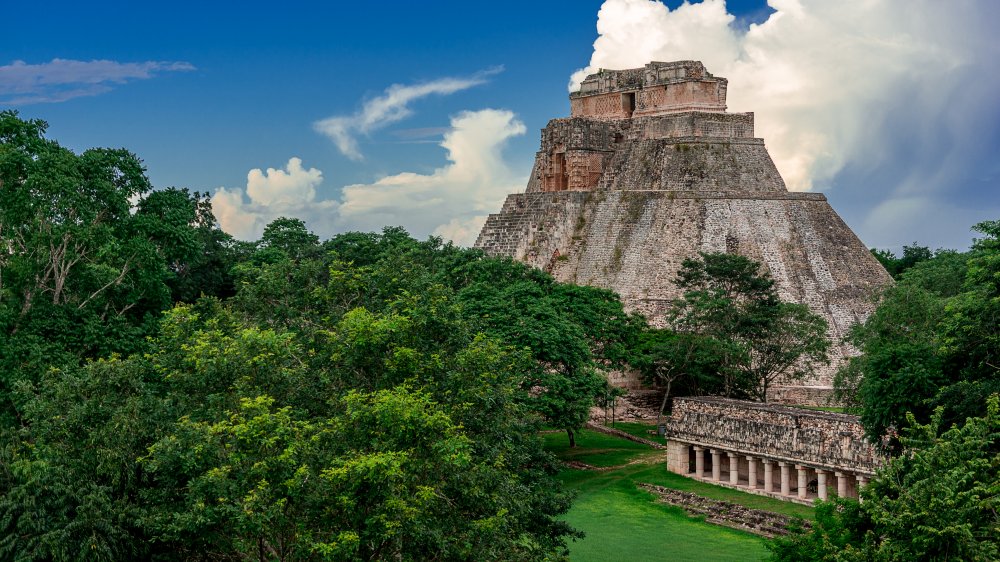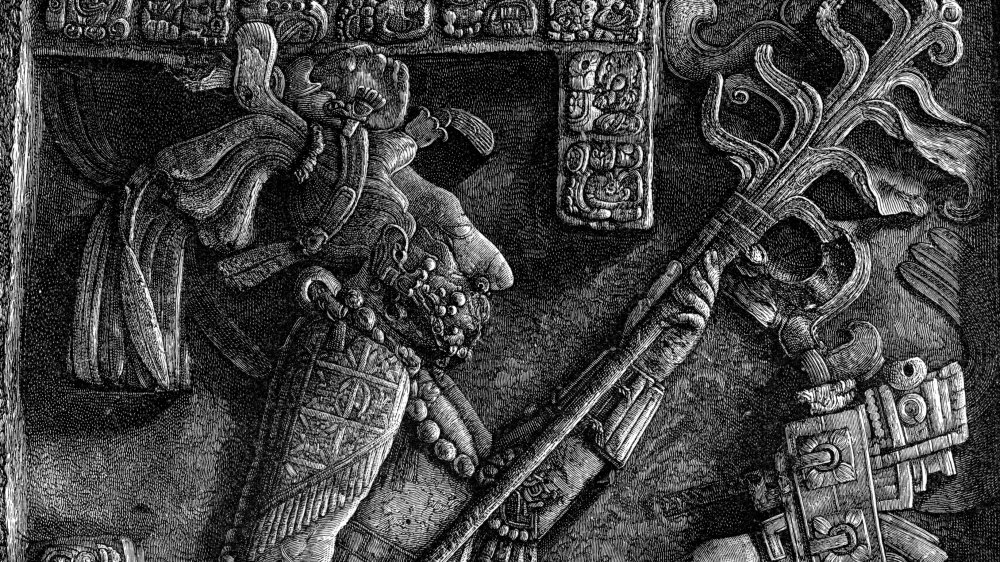What Life Was Like For Women In The Mayan Empire
The Aztecs were further north. The Mayan empire roughly started around the Yucatan Peninsula and extended as far south as Honduras during the glory days. Like every other civilization and empire, it took time to grow. Roots of the Mayan civilization are found as far back as 7000 BCE, says the Ancient History Encyclopedia, and by about 900 CE — well before the arrival of the Spanish in the 16th Century — their great cities had been abandoned, according to History. Theories are rife.
The Mayan Empire rose from a relatively simple hunter-gatherer society to a time of massive stone structures and complex cities. They developed an understanding of astronomy, mathematics, written language and, of course, architectural engineering. Language was complex — even today, descendants of the Mayans speak around 70 different dialects. In the final, classic period of Mayan civilization, as many as two million people populated 40 cities and the surrounding agricultural areas, which include evidence of techniques like terracing and irrigation.
Even though the descendants of the Mayans still occupy the same lands, engaging in many of the same rituals as their ancestors, the notion of the empire is a relatively recent discovery by Western scholars. Explorers John Lloyd Stephens and Frederick Catherwood published their "discovery" of Mayan ruins (the Mayans knew they were there, obviously) in the early 1840s, lifting the consciousness of scholars regarding the former empire, says the Ancient History Encyclopedia.
Artifacts from the British Museum have helped shed light on the role of women in Mayan society
Research continues to this day. One of the more striking discoveries was unveiled in 2012, when Shankari Patel, a PhD candidate in anthropology from the University of California-Riverside began putting together evidence that the role of women, whose status declined ever since the arrival of the Spanish in the 16th Century, was actually central to Mayan civilization. It's Patel's research that reveals that women were far from "less than." She examined artifacts that ended up in the British Museum and elsewhere. In her field work, she found "many towns named for women, and female deities on the east coast of the Yucatan Peninsula," she explained to UCR Today. "I started asking how women came to be removed from religious institutions and activities, and from the history of the region."
Earlier research has revealed that women were not just figureheads in government — placeholders for a deceased male ruler/relative — but also "warrior queens," as Discover Magazine writes. In 2004, University of Calgary archaeologist Kathryn Reese-Taylor found evidence in Naachtun, in northern Guatemala, that indicated exactly that. "These queens are really important, and we had just given them lip service before," said Reese-Taylor.
In more mundane roles, it's become clear that women were important parts of the Mayan economic system — according to History on the Net, women farmed, herded, and also produced textiles. They also served important religious roles, as priestesses and oracles.
All that, and so much more, changed with the arrival of the Spanish.

